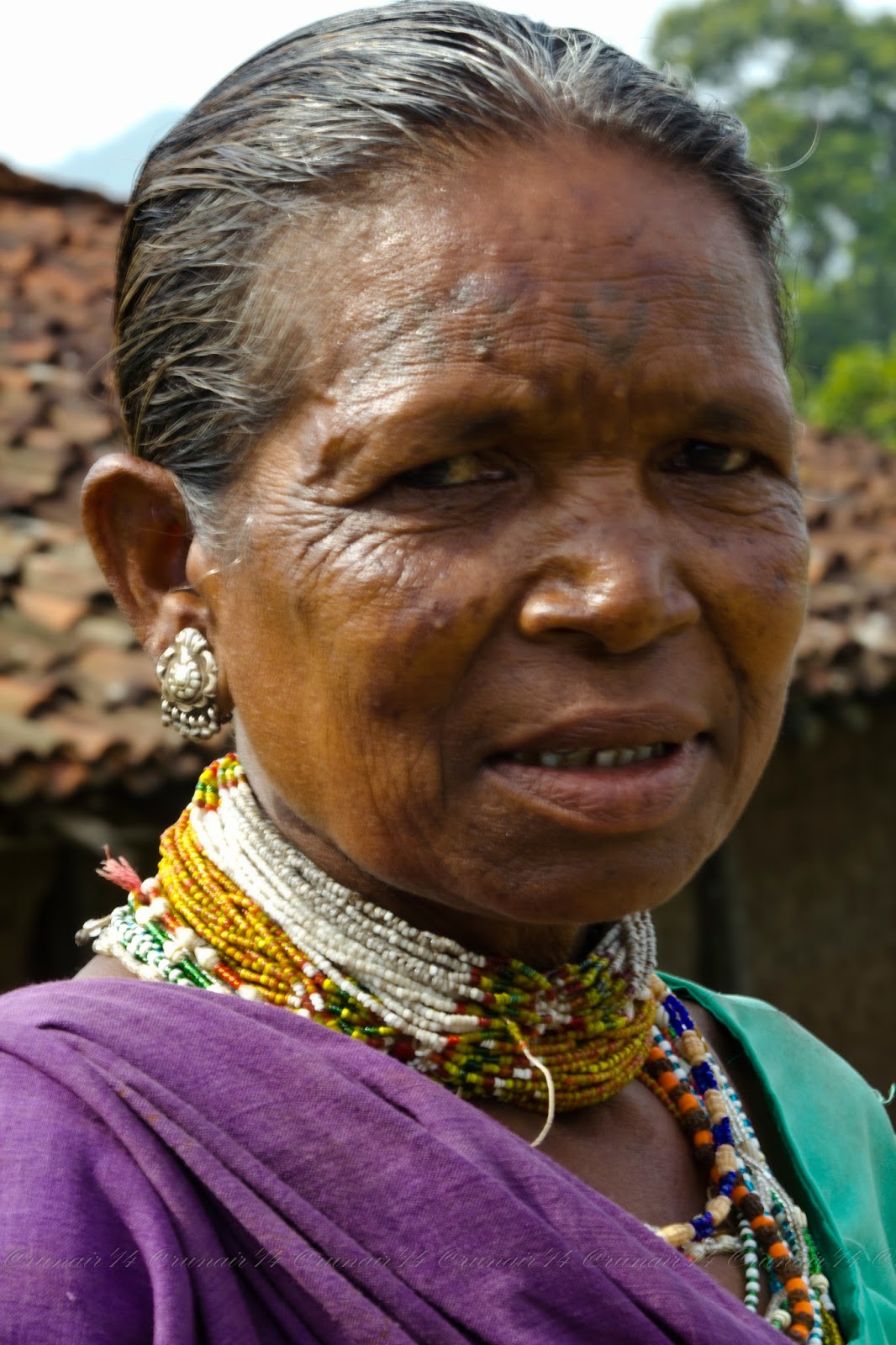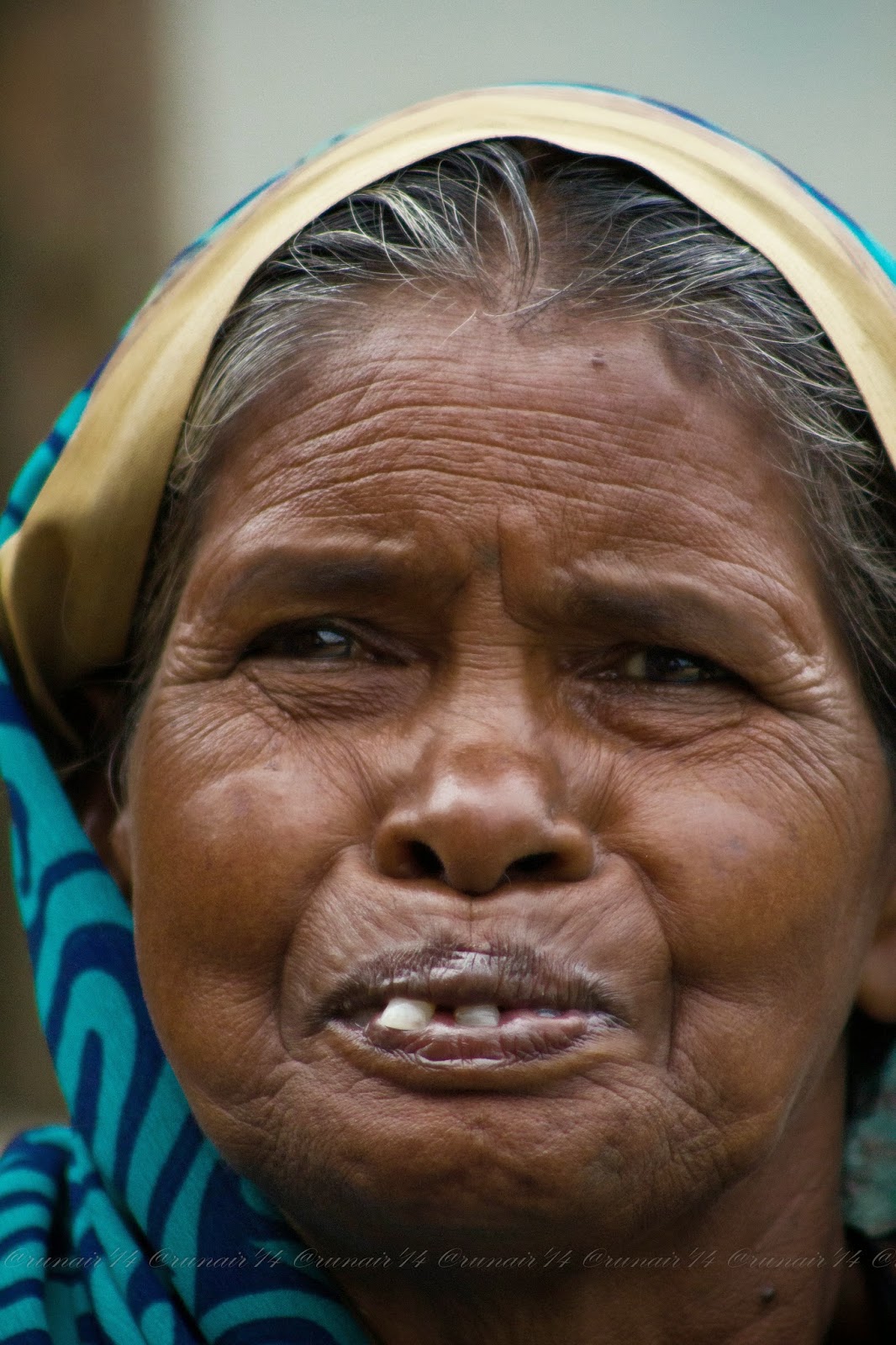The road to Kanai Bahra was as rugged as the stories I had heard about the Baigas, one of India’s oldest and most vulnerable tribes. Nestled deep in the forests and hills of Chhattisgarh’s Bilaspur district, their world felt like a secret—a delicate balance of tradition and survival.
When I first entered a Baiga village, I expected to see only mud houses with paddy-straw roofs. But to my surprise, some homes were modern, with brick walls and, oddly enough, satellite dishes perched on top. It was like seeing two worlds collide—one rooted in the ancient past and the other nudging towards an uncertain future.
The Heart of Their World
Despite these glimpses of modernization, many Baigas still hold on to their traditional way of life. Their farming practices are unlike anything you’d see in most places. They don’t till the land. For them, the soil is sacred, like a mother whose body must not be wounded.
Instead, they practice “shifting cultivation.” They burn small patches of forest, scatter seeds in the ashes, and let the rains bring life to their crops. It’s a method that has sustained them for generations, yet it feels fragile in today’s fast-changing world.
As I walked through the village, I noticed the silence. Not the kind of silence that feels empty, but one filled with the hum of nature—the rustling of leaves, the chirping of birds, and the distant laughter of children.
A Struggle to Survive
But beneath this serene surface lies a struggle. The Baiga population in Bilaspur has shrunk to just 25,000. Many families are leaving their villages, drawn to cities in search of jobs and education. Those who stay often find themselves caught between a system that promises help and the harsh reality that very little reaches them.
Sterilization programs, once common, have also taken a toll. Although the government has banned sterilization for Baigas to protect their dwindling numbers, I heard whispers of women still being sterilized in some villages. It’s a story of promises made but rarely kept.
The Beauty of Their Spirit
What struck me most was their resilience. The Baigas are deeply connected to nature. They believe in the power of the land, the forests, and the rain. Their culture is rich with traditions that celebrate life in its simplest form.
I spent an afternoon with a Baiga elder who told me stories of his ancestors, how they danced to the rhythm of the forest and prayed to the spirits of the trees. “We are one with this land,” he said, his voice steady but his eyes filled with worry. “But sometimes, I fear we are being forgotten.”
A Vanishing World
As I sat among them, I couldn’t shake the feeling that I was witnessing something rare—something on the verge of disappearing. Modernization is creeping into their lives, bringing both opportunities and risks. While some Baigas are adapting, others feel their identity slipping away, like sand through their fingers.
Before I left, I asked a young Baiga woman what she hoped for her future. She smiled shyly and said, “I want to learn, but I also want to keep our ways alive. Can’t we have both?”
Her question lingered with me as I drove away. The Baigas’ story isn’t just about them—it’s about us too. It’s a reminder of the beauty and fragility of cultures that have existed for centuries and how easily they can be lost in the rush of progress.
If we don’t act to protect their rights, culture, and way of life, we’ll lose not just a tribe, but a piece of India’s soul.
































































